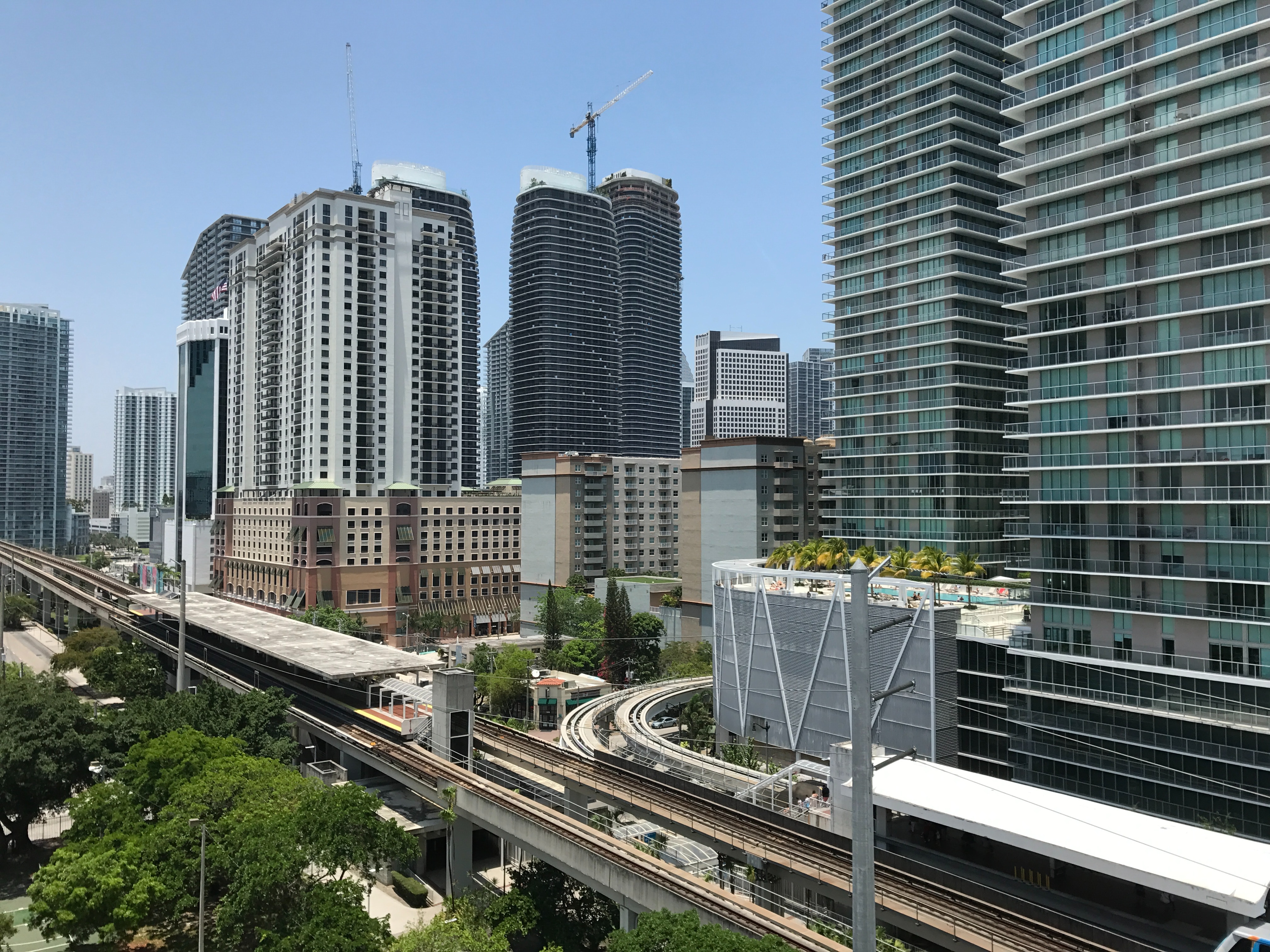Miami, the Magic City, is a vibrant and diverse metropolis known for its beautiful beaches, lively nightlife, and rich cultural scene. This article will explore the good and the bad of living in Miami and how it compares to other major cities in Florida and the USA. If you're considering a move to Miami, or you're simply curious about what it's like to live there, read on to find out more.
The Good:
Weather and Beaches: One of Miami's most significant advantages is its warm, tropical climate. The city enjoys sunshine all year round, with an average temperature of 76°F (24°C). The miles of stunning coastline and picturesque beaches, such as South Beach and Haulover Park, are a major draw for both residents and tourists alike.
Cultural Diversity: Miami is a melting pot of cultures, with a large Hispanic and Latin American population. This diversity is reflected in the city's food, music, and festivals, such as the Calle Ocho Festival and Art Basel. The vibrant art scene is also evident in the world-famous Wynwood Walls, a collection of colorful street art murals.
Career Opportunities: Miami boasts a thriving economy, with numerous job opportunities in industries such as tourism, finance, technology, and healthcare. Companies like Royal Caribbean, Carnival Cruise Line, and Lennar Corporation have their headquarters in Miami, making it an attractive destination for job seekers.
Entertainment and Nightlife: Miami is renowned for its bustling nightlife, with a multitude of bars, clubs, and lounges catering to diverse tastes. The city also hosts several music festivals, such as Ultra Music Festival and Rolling Loud.
The Bad:
Cost of Living: Living in Miami can be expensive, with high housing costs, particularly in popular areas like Brickell and South Beach. However, it's worth noting that Miami's cost of living is still lower than that of other major cities like New York and San Francisco.
Traffic and Public Transportation: Miami's traffic can be notoriously bad, and the public transportation system is not as extensive as in other major cities. The Metrorail and Metromover are useful in certain areas, but many residents still rely on cars for their daily commutes.
Natural Disasters: Miami is prone to hurricanes and tropical storms, which can cause significant damage to property and infrastructure. It's essential to be prepared and have a plan in place during hurricane season.
Comparisons to Other Major Cities in Florida and the USA:
Orlando: Orlando is known for its theme parks, such as Walt Disney World and Universal Studios. While it offers a more family-oriented lifestyle, Miami provides a more cosmopolitan atmosphere and diverse cultural scene. Both cities have similar costs of living, but Miami has a stronger job market in industries like finance and technology.
Tampa: Tampa offers a more laid-back lifestyle, with a lower cost of living compared to Miami. However, Miami's job market is more robust, and its cultural scene is more diverse. Both cities have great beaches, but Miami's tropical climate is more desirable for sun-seekers.
New York City: New York City is one of the world's most famous
cities, known for its bustling streets, iconic landmarks, and unmatched cultural offerings. While Miami boasts a more relaxed lifestyle and favorable climate, it lacks the extensive public transportation system and walkability of New York City. The cost of living in Miami is significantly lower than in New York City, making it a more affordable option for many.
Los Angeles: Los Angeles, like Miami, enjoys a warm climate and offers a diverse range of cultural experiences. However, Los Angeles has a more established entertainment industry and a larger job market. Both cities struggle with traffic congestion and have high housing costs, but overall, Miami has a slightly lower cost of living.
Chicago: Chicago, known as the Windy City, offers a more temperate climate, with cold winters and mild summers. While Miami has a more diverse cultural scene and a stronger tourism industry, Chicago boasts a more established public transportation system and a lower cost of living. Both cities have thriving job markets, but the industries differ, with Chicago having a stronger focus on manufacturing and trade.
Questions and Answers:
Q: What is the cost of living in Miami compared to other major cities?
A: Miami has a high cost of living, particularly when it comes to housing. However, compared to cities like New York and San Francisco, the cost of living is lower. Miami's cost of living is more comparable to cities like Orlando and Tampa in Florida.
Q: How does Miami's public transportation system compare to other major cities?
A: Miami's public transportation system, which includes the Metrorail and Metromover, is not as extensive as those in cities like New York, Chicago, and San Francisco. Traffic congestion is a common issue in Miami, and many residents rely on cars for their daily commutes.
Q: How does the job market in Miami compare to other major cities in Florida and the USA?
A: Miami has a thriving job market, with opportunities in industries such as tourism, finance, technology, and healthcare. While the job market in Miami may not be as large as in cities like New York and Los Angeles, it is more robust than that of other Florida cities like Orlando and Tampa.
Q: What are the primary advantages of living in Miami compared to other major cities?
A: Some advantages of living in Miami include its warm, tropical climate, beautiful beaches, cultural diversity, and thriving job market. These factors make Miami an attractive destination for many people seeking a more relaxed lifestyle while still enjoying the amenities of a major city.
Q: What are the main drawbacks of living in Miami compared to other major cities?
A: The main drawbacks of living in Miami include its high cost of living, traffic congestion, and the risk of natural disasters like hurricanes. However, these challenges can be mitigated with careful planning and preparation.










